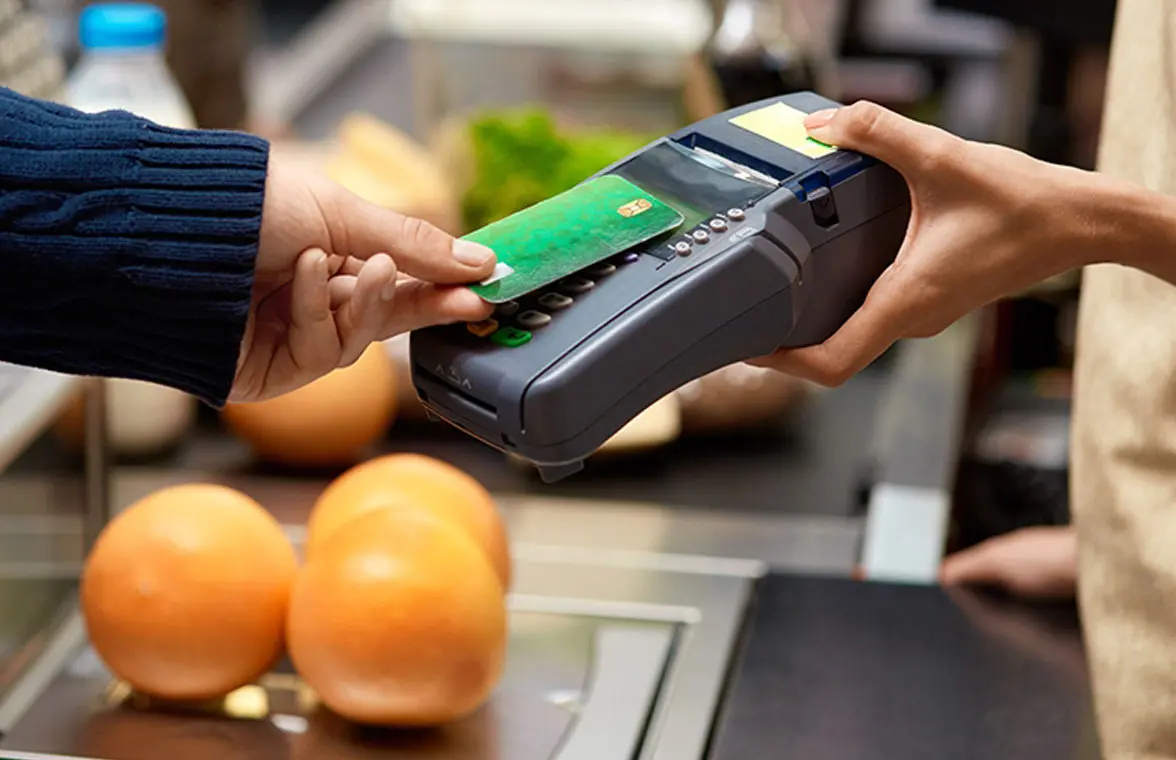
Contactless payments technology is causing “a sizable increase in the use of debit cards for small-value payments”, but is having an “economically small and statistically insignificant” impact on the use of cash and cash demand, according to a study conducted by the World Bank.
“In almost all developed economies contactless payments have increased rapidly (already before the pandemic) while the use of cash has declined,” the bank says.
“Yet to date there is no evidence documenting that this payment innovation has a sizable causal effect on payment choice and cash demand.”
The study’s findings are based on anonymous bank account data for card payments and cash withdrawals collected from 30,000 customers of a Swiss retail bank between 2015 and 2018.
“The respective results showcase the importance of cash — in a highly developed economy with a well-developed payment card infrastructure,” the World Bank says.
“By 2018, the majority of everyday payments by value were still conducted in cash — although all the clients in the sample had a debit card. The average customer visited an ATM three times a month to withdraw on average 338 Swiss francs (US$376).
“By comparison, the average customer paid only four times per month by debit card for an average amount of 70 Swiss francs (US$78). Cash was slowly losing ground; its value share in payments fell from 2015 to 2018 by about 2 percentage points a year.
“But continuing at that pace, it would take another 35 years for the average Swiss consumer to ditch cash completely.”
Frequency
The study also shows that the frequency of debit card point-of-sale transactions increases by 7% a year after consumers adopt contactless payment cards, but that 75% of these additional debit card transactions are small-value payments of less than 20 Swiss francs (US$22).
“Our results thus suggest that the contactless payment technology increases the average consumer’s use of payment cards. But as the effect is concentrated in small-value transactions, which start from a low level, the economic effect on cash demand is negligible,” the bank says.
The findings also show “that it still might be some way to a cashless society — even when considering that the trend decline in the use of cash might accelerate”.
The data used in the study pre-dates the Covid-19 pandemic and the World Bank notes that it “remains to be seen” whether “the strong increase in the use of contactless cards” during the pandemic will be permanent.
Next: Visit the NFCW Expo to find new suppliers and solutions